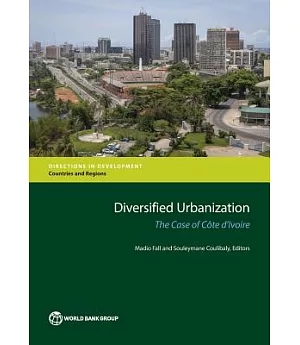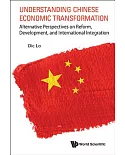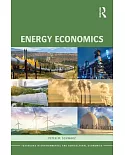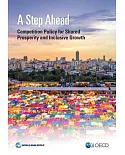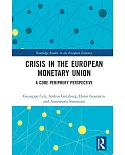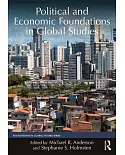Côte d’Ivoire seeks a development strategy to reach middle-income status--a daunting challenge that would require annual growth rates averaging 10 percent over the next 13 years. Global
experience of both developed and emerging economies shows that GDP per capita rises with increasing urbanization. Yet Côte d’Ivoire’s economy is underperforming relative to its level of
urbanization, with an urban population at 50 percent and a GNI per capita of $1,450 in 2013. Indeed, urbanization has been negatively correlated with income per capita since the late 1970s, and
poverty has been increasing. Well-managed urbanization will be critical to meet challenges of moving to middle-income-country status. However urbanization is not just about development of a
single city within a country. In fact, a country’s cities can be treated as a portfolio of assets, each differentiated by characteristics that include size, location, and density of
settlements. Drawing on the findings of the World Development Report 2009 applied to the Ivorian context, the report identifies three types of cities based on their contribution to growth and
job creation. These are Global Connectors (Abidjan, Yamoussoukro, and San Pédro), Regional Connectors along major corridors for regional transport and trade, and Domestic Connectors of
localization economies for agribusiness. Stakeholders from the national government, local governments and the private sector have formulated a shared vision for urbanization in the country:
’Cities that are planned, structured, competitive, attractive, inclusive, and organized around development poles.’ In order to achieve this vision and the goal of middle-income status, Ivorian
policy makers need to act urgently to support diversified urbanization across all city types. This report identifies key constraints and opportunities along four main dimensions: Planning,
Connecting, Greening, and Financing cities.

